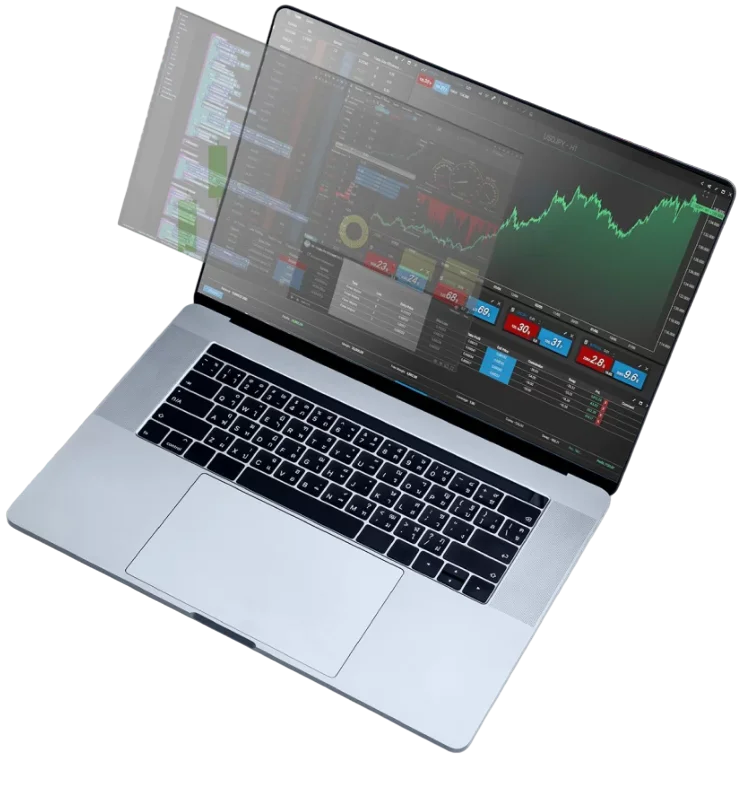“If you’re stupid enough to buy it, you’ll pay the price one day”, said JP Morgan Chase CEO Jamie Dimon in October 2017, in response to a question about the popularity of cryptocurrencies.
Are these strong words from a prominent bank CEO warning about a Ponzi scheme, or frustration from a bank boss who’s possibly worried about missing the boat when it comes to cryptocurrencies?
Whatever your view on bitcoin, you can’t ignore the fact that the growth of cryptocurrencies has captured the imagination of an investment community tired of central bank manipulation of monetary assets.
Over the last year or so the price of bitcoin has seen huge fluctuations, prompting concerns that it is in a massive bubble. It rose from levels below $1,000 at the start of 2017, to highs of $19,000 in December 2017, before falling back to around $6,000 by mid-2018.
Whatever your feelings on cryptocurrencies, they appear to be the way the future is heading, and no matter how much the established world order tries to stop the growth in this area, they will find it increasingly difficult to do so. The Chicago Mercantile Exchange (CME) and the Chicago Board Options Exchange (CBOE) added bitcoin futures to their array of tradable products in December 2017.
Despite all the hype, a word of warning is required on a market that has seen price swings of 20% in a day. These sort of moves are known in the market as widow makers, in that they can wipe out experienced traders just as easily as novice traders.
In September 2017 for example, we saw a drop from levels just below $5,000 to $3,000 in the space of two weeks – a decline of 40%, with the market making 20% of that move in two days alone.
Bitcoin is only one of a host of cryptocurrencies that use blockchain technology, and it is here that we need to differentiate between bitcoin and blockchain, as the two tend to get used interchangeably.
Blockchain is the technology on which bitcoin, and all cryptocurrencies, run. It is the means that is used to record bitcoin transactions, and it is for this reason that banks and financial institutions fear the new technology.
It can be used to settle anything from financial transactions, to tracking the flow of goods and services from manufacture to delivery, in a manner that is both speedy and efficient. Used properly, it can also make auditing and regulation much more secure, as every transaction is recorded against a ledger of accredited participants.
Using something called shared distributed ledger technology (SDLT), it allows a network of computers to update their files simultaneously using point-to-point encryption, and peer-to-peer replication. These can either be in the form of private networks or public networks.
As the ledger sits in the cloud, no one person can control it and any changes have to be made with the agreement of two or more parties to a transaction. No one person can tamper with an entry after it’s been recorded and it can only be reversed out with a visible contra entry, which is also agreed by all relevant parties.
This sort of technology would mean that the days it normally takes for banks to transfer funds could be made obsolete, reducing costs and saving time. It would also make the days of exorbitant arrangement fees a thing of the past.
In an effort to leverage this technology for their own purposes, Russia has already made strides to make its own cryptocurrency, over concern that bitcoin is used for criminal activity. Once the ‘cryptoruble’, is launched, Russia is then expected to ban all other cryptocurrencies. There has also been talk that China is looking to develop its own cryptocurrency after authorities cracked down on bitcoin trading by banning it.
Cryptocurrencies are merely a product of blockchain technology, and live or die by the faith investors put in them. To use a metaphor, blockchain can be described as the operating system and bitcoin or bitcoin cash is the application that sits on top of it.
By Chief Market Analyst, Michael Forbes
Today Markets is an execution-only service provider. The material (whether or not it states any opinions) is for general information purposes only, and does not take into account your personal circumstances or objectives. Nothing in this material is (or should be considered to be) financial, investment or other advice on which reliance should be placed. No opinion given in the material constitutes a recommendation by Today Markets or the author that any particular investment, security, transaction or investment strategy is suitable for any specific person.






 White Label Solutions
White Label Solutions Execution
Execution PMAM Platform
PMAM Platform Partner Types
Partner Types Trading Signals
Trading Signals Charting Features
Charting Features Countdown Pricing
Countdown Pricing Wealth Management
Wealth Management Guardian Angel
Guardian Angel Vanilla Options
Vanilla Options